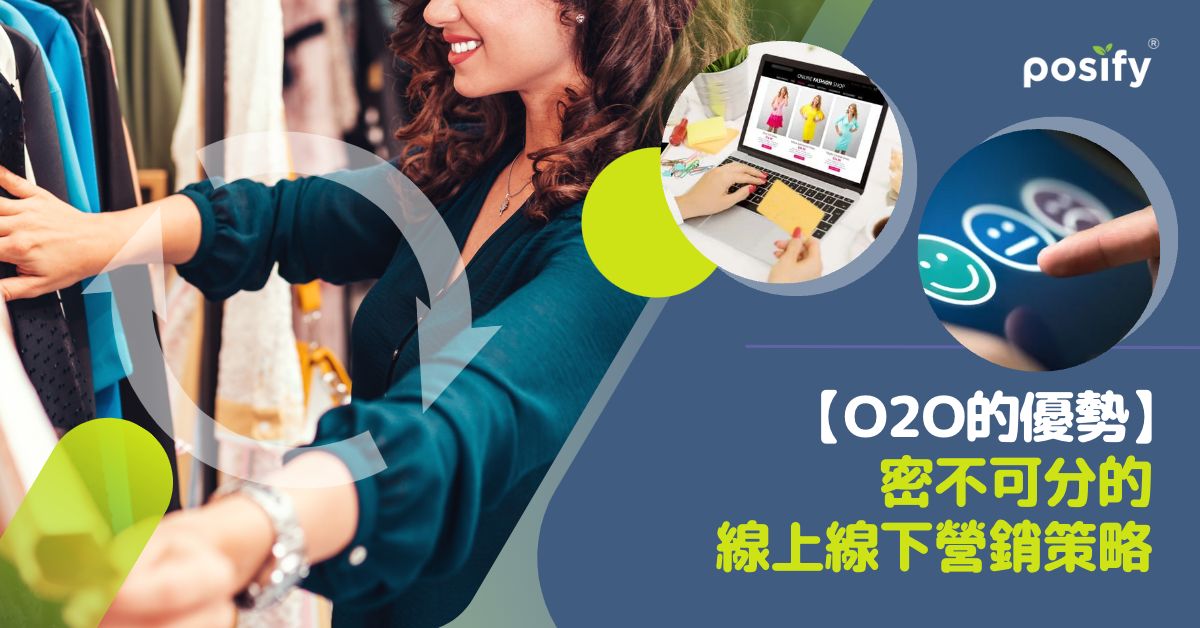LCP measures when the largest content element in the viewport is rendered to the screen. This approximates when the main content of the page is visible to users. See Largest Contentful Paint defined for more details on how LCP is determined.
LCP measures when the largest content element in the viewport is rendered to the screen. This approximates when the main content of the page is visible to users. See Largest Contentful Paint defined for more details on how LCP is determined.
LCP measures when the largest content element in the viewport is rendered to the screen. This approximates when the main content of the page is visible to users. See Largest Contentful Paint defined for more details on how LCP is determined.
LCP measures when the largest content element in the viewport is rendered to the screen. This approximates when the main content of the page is visible to users. See Largest Contentful Paint defined for more details on how LCP is determined.
LCP measures when the largest content element in the viewport is rendered to the screen. This approximates when the main content of the page is visible to users. See Largest Contentful Paint defined for more details on how LCP is determined.
LCP measures when the largest content element in the viewport is rendered to the screen. This approximates when the main content of the page is visible to users. See Largest Contentful Paint defined for more details on how LCP is determined.
【O2O的優勢】密不可分的線上線下營銷策略

隨著網購氛围日益增長,加上過去數年疫情的催谷下,不少零售商都已經開發了不同程度的網絡銷售渠道。然而,實體店仍然有很重要的優勢和角色。例如,網上購物者通常在購物時已有特定物品想法,因此不太可能像在實體店裡那樣四處逛逛。同時,網路購物也缺乏親身到店鋪購物所帶來的個人化體驗。沒有與健談的銷售員進行一對一的對話,也沒有機會在購買前試穿衣服或翻閱書籍。因此,O2O策略就是今天的課題。
甚麼是O2O (線上轉線下)
O2O,全名為「Online to Offline」,是一種商業策略,旨在透過網路吸引潛在的顧客到實體店鋪,促進線上和線下之間的轉化。O2O策略不限於購買過程,還包括購買前和購買後的階段,例如在網路上預約商品或服務,或是在實體店鋪購買商品後,透過網路評價該商品的質量和服務的態度等等。透過O2O策略,企業可以更全面地了解顧客的需求和偏好,並提供更完善的產品和服務,從而增加顧客的滿意度和忠誠度。

O2O策略的優勢 (1):顧客體驗
分析指出,越60%的顧客偏好與擁有實體店的品牌購物*。因為它可以提高顧客的購物體驗。當顧客到訪店鋪時,他們可以向銷售員尋求協助,並親自查看商品。因此商店可通過結合網路和實體策略,讓購物者可以獲得有關各種產品的詳細資訊,並使用忠誠會員系統來兌換購物積分,改善客戶體驗。
O2O策略的優勢 (2):擴闊覆蓋範圍
網店平台可以利用其廣泛的覆蓋範圍,推動消費者到訪其網路商店。例如通過電子郵件活動和廣告在網上識別消費者,然後吸引他們到實體店鋪進行購買。實體店鋪也可以有自己的促銷活動,進一步鼓勵銷售。
O2O策略的優勢 (3):節省物流成本
透過線上線下同步的庫存管理及物流系統,零售商可以無需顧慮超賣的問題,並提供自提點取貨的收貨選項給顧客,不僅提升了顧客的彈性和滿意度,也同時有效減少了物流成本和訂單處理時間,從而增加了公司的效率和生產力。

推薦 2 種方法實踐O2O策略
1. 網路購買,現場取貨
商家可簡化購物流程,讓顧客在網上下單,並前往最近的門市取貨。只要你的零售系統支援自取的選項,店裡的銷售員就可同步收到顧客的訂單和安排包裝商品,節省商家及顧客的物流成本,提升購物體驗。
2. 網上購買,現場退貨
有時候顧客在網上購物時,可能會發現所買的商品不合適,例如鞋或衣服的尺碼不對。這種情況下,顧客有兩種退貨選擇:郵寄退貨或親臨門店退貨。後者的好處是消費者在退貨時可能會看到其他商品而決定購買,而如果透過郵寄退貨,就沒有這種購買其他商品的機會了。
總結
線上線下的銷售渠道各有各的特點和優勢,要了解O2O的銷售策略,加上完善的一體化營運系統,才能發揮網店和實體店的協同效益,全面提升零售商的營運效率、彈性、和購物體驗等等。想了更多?立即向我們專業顧問免費諮詢,或者立即免費試用
h1 {font-size:36px!important; line-height: 46px!important;text-align:initial!important;} h2.acblog {font-size:26px!important; line-height: 36px!important; margin:35px 0 20px 0!important;text-align:initial!important;} h3.acblog, h4.acblog {font-size:20px!important; line-height: 30px!important; margin:25px 0 5px 0!important;text-align:initial!important;} p.acblog {margin:12px 0px!important; line-height: 28px!important; text-align:initial!important;} ol.acblog, ul.acblog {margin-left:25px!important;text-align:initial!important;} ol.acblog li, ul.acblog li {line-height: 28px!important;text-align:initial!important;} .reset-this-wrapper {width:70%!important; margin:0 auto!important;} @media only screen and (max-width: 768px) { .reset-this-wrapper {width:100%!important;} h1 {font-size:32px!important; line-height: 42px!important;} }





